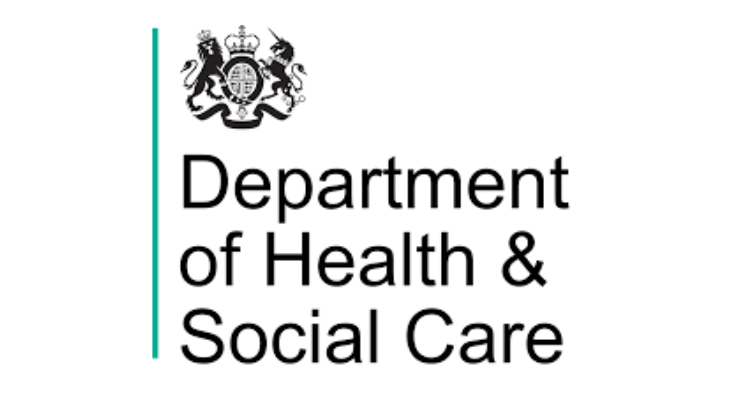
The government’s Rare Diseases Action Plan for England 2024 has been published, highlighting the work that has been carried out over the past year by the NIHR, including the Rare Diseases BioResource, the Department for Health and Social Care (DHSC) and other key players, to better address the needs of people with rare diseases.
Rare diseases affect fewer than 1 in 2,000 people, with most conditions inherited genetically. Only around 5% of rare diseases have an effective treatment, which is why research is so important. Our Rare Diseases BioResource recruits patients and family members from 50-60 different rare disease areas and is a unique resource as it brings together genetic, phenotypic and health and lifestyle data, along with NHS records, in one central information bank ready for researchers to use.
Our work
In 2023, we recruited 3,505 new rare disease patients across different rare disease areas, taking the total to more than 25,000. This was made possible through a network of recruitment sites that included 44 different NHS Trusts in 2023. By screening participants for genes and/or phenotypes of interest, rare disease research that may have otherwise proven too costly or time-consuming is made possible
Within the Rare Diseases BioResource, there are two major projects being carried out, the RNA Phenotyping Project and Lond Read Sequencing (LRS) Project.
RNA Phenotyping Project
First launched two years ago, the project looks at 17 different rare diseases, and invites patients for a recall appointment in which they provide a 50ml blood sample. In our central laboratory, the whole blood is stored and used for short read whole genome sequencing, isolating specific cell types – monocytes, T cell helpers, neutrophils and platelets. These are then sent for RNA sequencing and generates information about which genes are turned in each cell type. The result is 13 datasets per patient, which is an enormous amount of data for analysis. Find out more on the RNA Phenotyping Project.
Long Read Sequencing (LRS) Project
This is a new project, still in the pilot phase, and aims to determine the benefits of a new sequencing technology - Long Read Sequencing – in three of the BioResource research areas: Rare Diseases, Eating Disorders, and pre-symptomatic detection of dementia. This technology has the potential to provide additional detail when analysing genomes, particularly for complex structural cariants and repeat regions which may be poorly mapped using the current technology. The team have been installing some new equipment in the laboratory and optimising the DNA for use with this new technology. We aim to scale up and sequence thousands of genomes over the next year. This will generate a large scale LRS genome resource that many researchers will be able to benefit from and yield new insights into many different disorders.
The Rare Diseases Action Plan
The Action Plan reviews progress to date, and builds on the first two action plans, launched in 2022 and 2023, setting out plans for the coming year.
Our contribution
The 2024 Action Plan for England features two case studies of the NIHR BioResource supporting rare disease research: the development of genetic blood matching test for sickle cell and thalassemia patients through our collaboration with NHS Blood and Transplant (NHSBT) and the international Blood Transfusion Genomics Consortium (BGC) as well as our support in early phase clinical trials transfusing lab-grown red blood cells into patients, marking the first step towards making lab grown red blood cells available as a future clinical product. The development of the new genetic blood matching testing array, which has since been rolled out by NHS England in January 2024, will help thousands of rare inherited blood disorder patients receive the best treatment, reducing the impact of reactions to donor blood and the development of antibodies that attack the donor blood cells.
Updates
Vital updates in this year’s publication include the outcome of the Medical Research Council (MRC)/NIHR funding call in July 2023 for the UK Rare Disease Research Platform, with a £14 million investment over five years. The platform comprises 11 UK-wide research nodes, based at universities across the UK, and a coordinating hub facilitating greater collaboration to accelerate the understanding, diagnosis and therapy of rare diseases.
In September 2023, the UK Rare Diseases Research Landscape Report was published by NIHR in collaboration with Medical Research Council (MRC), industry, charities and others. The report illustrated the strengths of UK research, with over £1.1 billion of rare disease research funded by government and charities and over 250 research projects supported by industry over a the period 2016-2021. The NIHR programmes – including the NIHR BioResource – and MRC rare disease research portfolio contained almost 700 awards, with a total value of nearly £630 million. The publication of this report completes the first stage of action 15. Over the coming year work with the rare diseases community will be carried out to identify research gaps and priorities.
Looking at the year ahead
In the 2024 Action Plan there are seven new actions, which include support for healthcare professionals in their communication with rare disease patients, building of expertise through training, the implementation of networked models of care for patients, diagnosis of cancers earlier through whole body scans on individuals with rare diseases, support for access to medical devices, publishing and disseminating a health inequalities toolkit for Highly Specialised Services (HSS), and mapping and measuring of the geographic spread of patients accessing HSS.
Interested in learning more about our work?
Find out more about our Rare Diseases BioResource, including the conditions we are currently recruiting patients with, and the studies our volunteers have supported over the past 16 years.
If you are a researcher interested in finding out how the BioResource can facilitate your research by providing samples, data or participant recall, please get in touch today.
You can keep up to date with the NIHR BioResource on Twitter and LinkedIn.